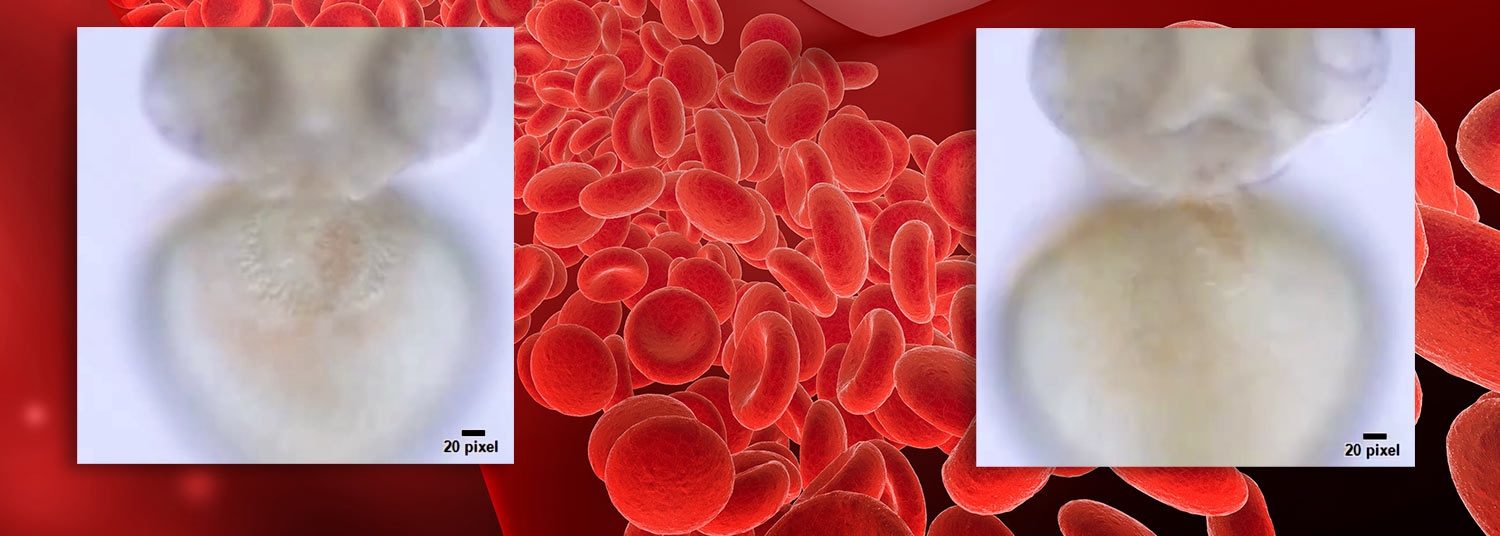We reach more than 65,000 registered users in Dec!! Register Now

UMSOM Researchers Discover First Ever Link Between Hemoglobin-Like Protein and Normal Cardiac Development
- December 19, 2023
- 7 Views
- 0 Likes
- 0 Comment
Heme Protein Cytoglobin Found to Regulate Processes of Normal Organ Formation During First Weeks of Life in Embryo
In a landmark study led by the University of Maryland School of Medicine, researchers discovered for the first time that a certain kind of protein similar to hemoglobin, called cytoglobin, plays an important role in the development of the heart. Specifically, it affects the correct left-right pattern of the heart and other asymmetric organs. The findings, published today in the journal Nature Communications, could eventually lead to the development of new therapeutic interventions to alter the processes that lead to these defects.
The team, led by senior author Paola Corti, PhD, along with along with University of Maryland School of Medicine Dean Mark T. Gladwin, MD, as senior co-author, used CRISPR gene editing technologies to knock out the cytoglobin gene in zebrafish. The lack of cytoglobin caused the development of embryos with a mirrored heart, meaning the heart had a reversed left-right pattern. In humans, cytoglobin is involved in processes involving nitric oxide, a compound that helps regulate healthy blood flow to organs.
Dr. Gladwin, who is the John Z. and Akiko K. Bowers Distinguished Professor and Dean, UMSOM, and Vice President for Medical Affairs, University of Maryland, Baltimore, has been researching the effects of nitric oxide on blood vessels for more than 20 years including in this recent study finding.
To conduct the study, the research team knocked out the gene for cytoglobin in zebrafish and were amazed to see that it led to dramatic defects in the structure and location of organs in developing embryos. The heart, for example, was located on the right side of the fish instead of the left with a looping to the left instead of the right.
“We found that cytoglobin plays a vital role in the structure and function of tiny hair-like structures called cilia, which determine the asymmetry and proper development of organs,” said Dr. Corti, who is Assistant Professor of Biochemistry and Molecular Biology at UMSOM.
This is the first time cytoglobin – or any of the globin proteins like hemoglobin – has been found to be involved in fetal development and that a paucity could be linked to birth defects. It’s also the first time that cytoglobin has been linked to cilia function. Such a finding could open the door for the development of therapeutics for rare birth defects that affect the movement of cilia.
About 1 in every 10,000 to 30,000 people are born with Primary Ciliary Dykinesia (PCD), a rare disease that affects the cilia and can cause breathing issues from thickened mucus clogging airways. “Kartagener’s syndrome is a form of PCD and is known to cause the type of heart defects seen in the zebrafish where the heart is abnormally positioned to the right and rotated,” said Dr. Corti. “There is no cure for this condition, just surgery to fix any heart defects and treatments to manage symptoms.”
“We found the phenotype and connected the dots to cilia. In the presence of cytoglobin, we could track the function of the protein and how if led to proper cilia function and organ development. In the absence, we saw these defects,” said Elizabeth Rochon, PhD, first author of the study and Assistant Professor of Medicine at UMSOM.
Funding for the study was from the National Institutes of Health, the American Heart Association, and the Institute for Transfusion Medicine and the Hemophilia Center. UMSOM faculty co-authors include Anthony W. DeMartino, PhD, Assistant Professor of Medicine, and Qinzi Xu, MD, Assistant Professor of Medicine.
Other co-authors included faculty at the University of Pittsburgh School of Medicine and the University of Copenhagen in Denmark.
List of Referenes
- Elizabeth R. Rochon, Jianmin Xue, Manush Sayd Mohammed, Caroline Smith, Anders Hay-Schmidt, Anthony W. DeMartino, Adam Clark, Qinzi Xu, Cecilia W. Lo, Michael Tsang, Jesus Tejero, Mark T. Gladwin, Paola Corti. Cytoglobin regulates NO-dependent cilia motility and organ laterality during development. Nature Communications, 2023; 14 (1) DOI: 10.1038/s41467-023-43544-0
Cite This Article as
No tags found for this post









